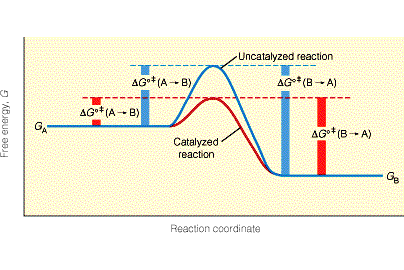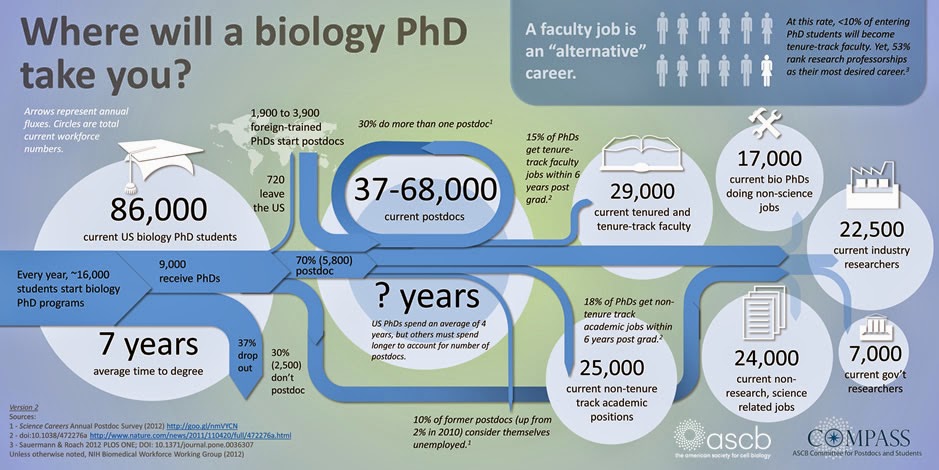Hard questions about glasses
A recent b ook Dynamical heterogeneities in glasses, colloids, and granular media contains a fascinating chapter where four experts [Jorge Kurchan, James Langer, Thomas Witten, and Peter Wolynes] give their answers to the questions below. I think we need more of these kind of frank discussions about scientific topics. I am slowly working through the answers. The most fascinating bit so far is Peter Wolynes inspiring response to Q9, including "I believe a young physicist who wants to work on any challenging problem in physics will eventually have to learn about glasses ." Q1) In your view, what are the most important aspects of the experimental data on the glass transition that any consistent theory explain? Is dynamical heterogeneity one of these core aspects? Q2) Why should we expect anything universal in the behavior of glass-forming liquids? Is the glass-transition problem well defined? Q3) In spin-glasses, the existence of a true spin-glass phase transiti








